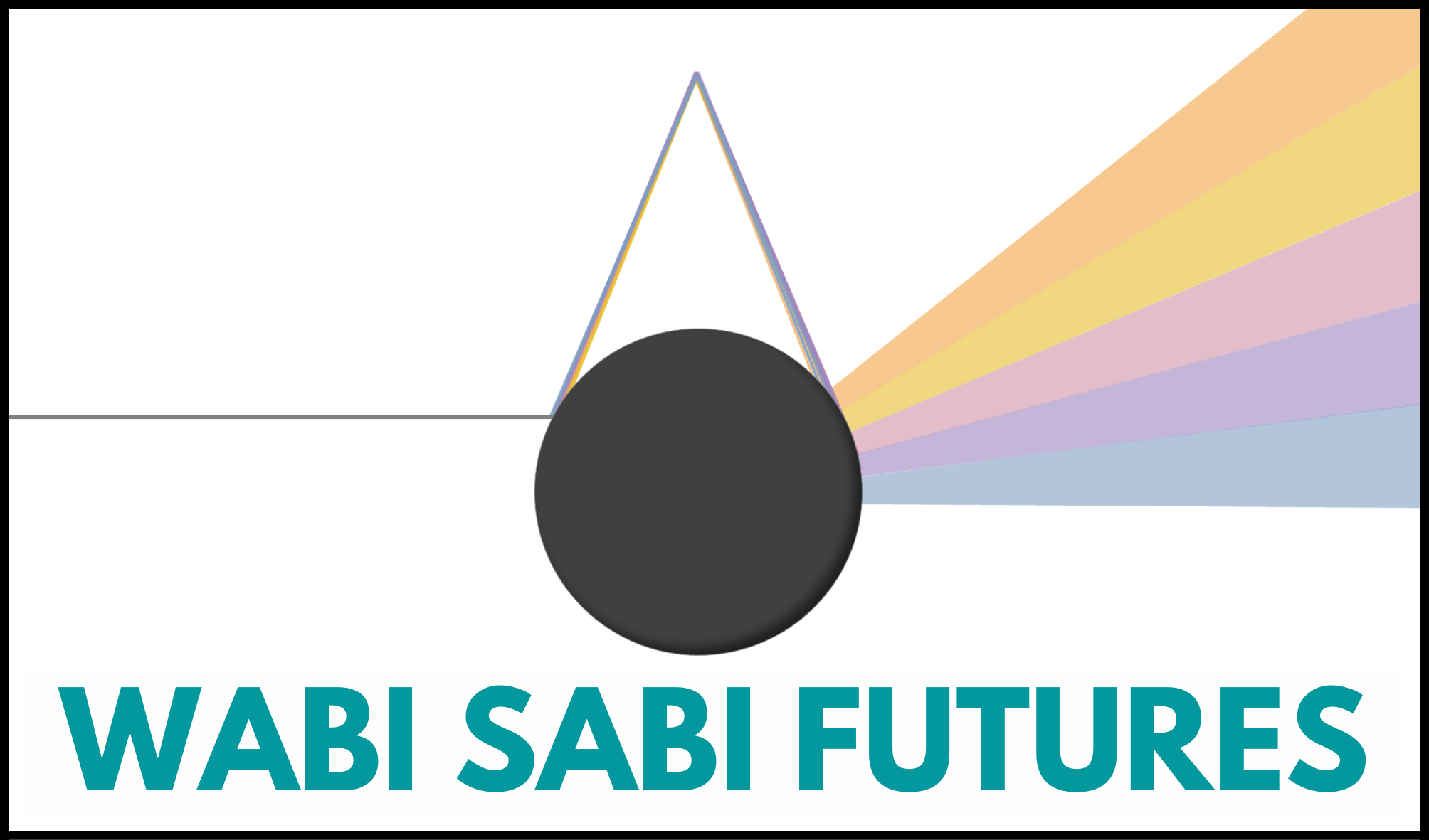Becoming an in-house change agent involves learning to create and work with discomfort.
If you avoid uncomfortable situations, you will barely be effective. If you are too disruptive and insistent, you’ll struggle to get anyone on board. Create the right amount of discomfort with the current state to get traction.
Leading change often means shepherding out the old system while still working within it.
“The dominant system will not praise your efforts to change it.” – Dr Elizabeth Sawin
These are the lessons I wish I learned early on in my change career.
Don’t get too comfortable.
A change agent is only as good as their ability to notice what’s in front of them.
A large part of your value is bringing fresh eyes to a tired situation. The simplest way to keep your eyes fresh is to frequently work in new contexts.
Be an inside-outsider.
We all want to feel like we belong.
As someone who serves the organisation by facilitating change, there is a tension to belonging at work. On one hand, belonging creates the trust required to accompany people as they move through uncomfortable things. But too much belonging can compromise your ability to view the organisation from a distance.
Don’t allow your belonging to prevent your ability to objectively consider the mechanics and dynamics in play without getting caught up in them.
Watch when they growl, watch when they purr.
To find the boundary of what’s needed and what will be tolerated, pay attention to how your key stakeholders respond at each step of the way. What makes them lean in? When do they draw back?
Just like approaching a cat, calmly move forward while watching for signals that you are entering dangerous territory.
